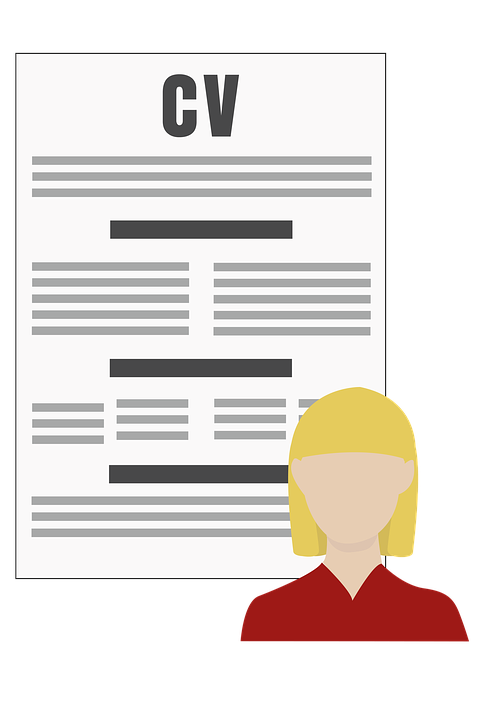Writing a resume can be difficult — how do you sum up your career in just a few bullet points and sentences? Add in the shocking statistic from Glassdoor and LinkedIn that a recruiter or hiring manger spends an average of six seconds reading a resume and then you really start to panic. Writing a resume is more of an art-form than a science and depending on your industry and your career choice it can be hard to make yourself standout from the stack of resumes a recruiter and hiring manager receive. Some applicants get exceptionally creative in an effort to stand out often times to their detriment. We’ve compiled a list of the top five things NOT to do on your resume so you don’t stand out for the wrong reason.
- A picture. Unless you are applying to be in a runway show your picture isn’t going to help a hiring manager or recruiter determine if you are qualified for the role. In fact, often times including your picture can make the goal of having an bias-free recruitment process more challenging. A better option: Include a link to your LinkedIn Profile which should incorporate a professional photo of yourself.
- Multiple fonts/colors. You might think using multiple colors and fonts will help you highlight areas of your resume, in reality it makes it very difficult to read. Also, in the world where almost all companies using an Applicant Tracking System (ATS) sometimes special fonts do not upload correctly causing your resume to be unreadable. Stick to one standard font (i.e. Arial, Times New Roman, Verdana and Calibri) and use italics and bold to help highlight things in your resume as needed, but sparingly and with purpose.
- Multiple Columns/Difficult Formatting. Putting your resume into various sections seems logical; however, when you start adding several columns and sections a recruiter or hiring manager isn’t sure where to look. Formatting can load into online systems differently than you intended which can cause more problems than its worth. The example below shows a format with lots of sections and it’s hard to know where to look first and what area contains the important information. Instead, use large font and italics/bold to note sections in your resume and make it easy to read as demonstrated in the second example.


- Cover Letter. Cover letters can be difficult to write. It’s taking your entire resume, putting it into a narrative and selling yourself (after you just spent time customizing your resume to the dream job you’re applying to). Instead of taking the time to write a cover letter write a strong objective/summary at the top of your resume, typically about 3-5 sentences. It can include a summary of your skills and/or what type of role/career you want.
- Personal Information. Avid mountain biker? Bookworm? Semi-professional at-home chef? Add them in! Having hobbies and interests outside of work is great, and highly encouraged! However, avoid including that information on your resume. Recruiters and hiring managers will get to know you as a person during the interview process but let your resume focus on your skills/abilities for the job. Most important is to ensure not to include personal identifying information like your Social Security Number or birth date. Do, however, please provide the company the best number to reach you and your email.
Guest Blogger: Ashley Curless, Recruiter



No comments yet.